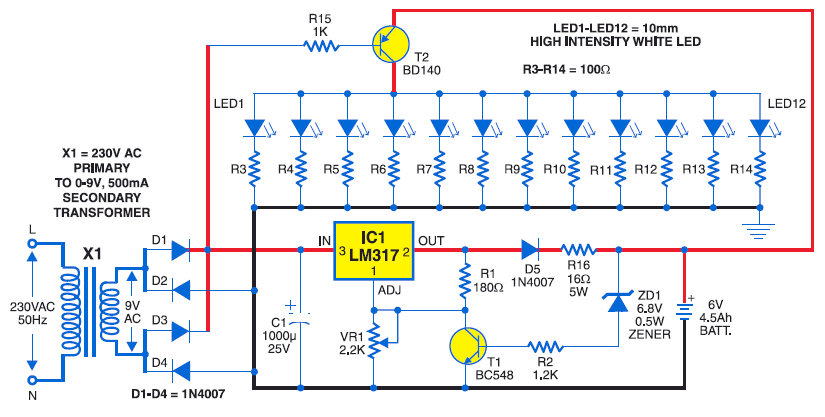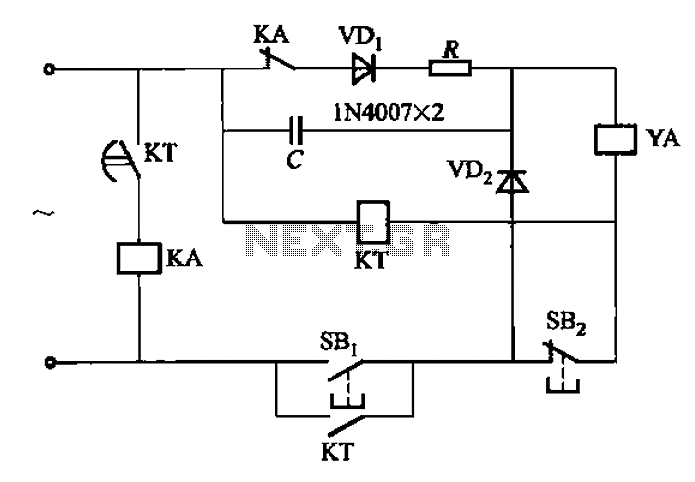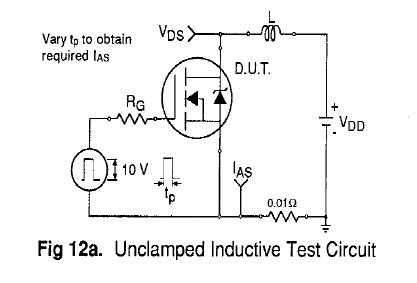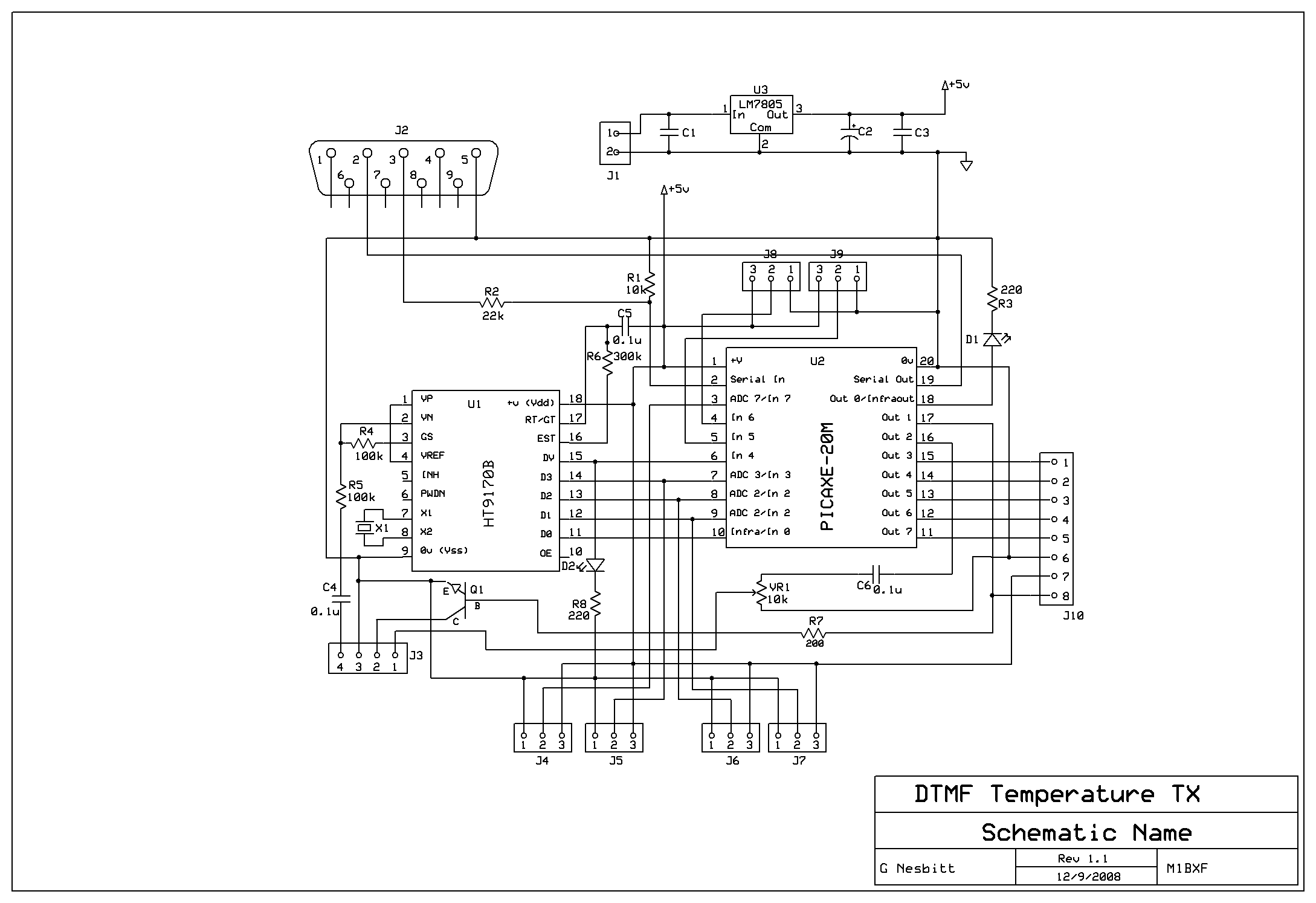
Charging time relay circuit 2
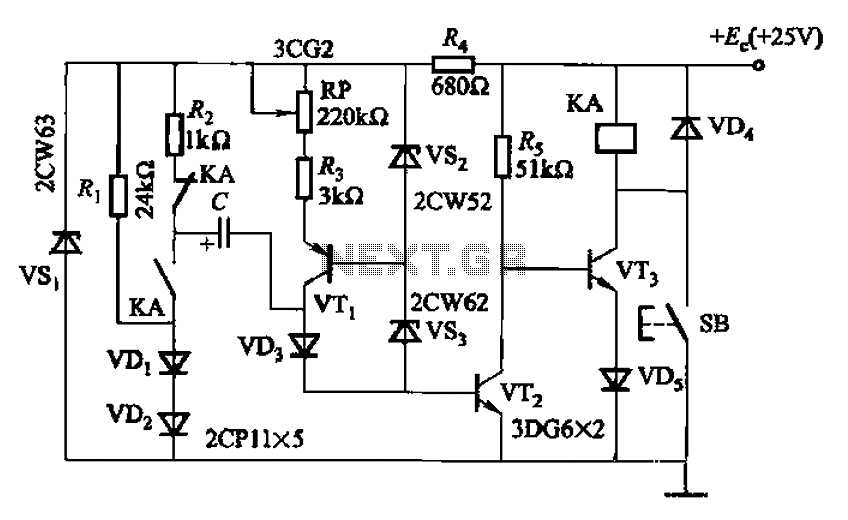
Charging time relay circuit 2 is a long delay circuit. When the capacitor C is 5000 µF, the delay can be up to 1.3 hours. Transistors VT1 and the VS2, VS3 group function as a constant current source to improve the accuracy of the delay. Pressing the button SB activates relay KA, turning off VT2 and allowing VT3 to conduct. After a delay, VT2 conducts, VT3 turns off, and relay KA is released. An adjustment potentiometer RP is used to set the delay time.
The charging time relay circuit operates by utilizing a large capacitor (C) rated at 5000 µF, which is responsible for providing a long delay period of up to 1.3 hours. The circuit employs two main transistors, VT1 and a pair of voltage regulators, VS2 and VS3, configured to function as a constant current source. This configuration enhances the precision of the delay time, ensuring that the circuit performs reliably under varying conditions.
When the user presses the switch (SB), the relay (KA) is activated, which leads to the deactivation of transistor VT2 and the activation of transistor VT3. This initial state allows the circuit to begin its timing function. After the predetermined delay period, controlled by the charging of the capacitor, transistor VT2 is turned on, which subsequently turns off VT3, resulting in the release of relay KA.
The delay time can be finely adjusted using the potentiometer (RP), providing flexibility in applications where different timing intervals are required. The design of this circuit is ideal for applications where a precise delay is necessary, such as in timing circuits, automated systems, and control applications. The combination of the large capacitor, constant current source, and adjustable potentiometer ensures accurate and customizable delay timing, making this relay circuit a valuable component in various electronic systems. Charging time relay circuit 2 It is a long delay circuit. When the capacitor C is 5000yF, the delay can be up to 1. 3h. By transistors VTi and regulator VS2, VS3 group as a con stant current source, in order to improve the accuracy of the delay. Press the button SB, KA relay pull, VTz off, VT3 conduction. After after a delay, VTz conduction, VT3 deadline, KA released. Adjustment potentiometer RP, adjust the delay time.
The charging time relay circuit operates by utilizing a large capacitor (C) rated at 5000 µF, which is responsible for providing a long delay period of up to 1.3 hours. The circuit employs two main transistors, VT1 and a pair of voltage regulators, VS2 and VS3, configured to function as a constant current source. This configuration enhances the precision of the delay time, ensuring that the circuit performs reliably under varying conditions.
When the user presses the switch (SB), the relay (KA) is activated, which leads to the deactivation of transistor VT2 and the activation of transistor VT3. This initial state allows the circuit to begin its timing function. After the predetermined delay period, controlled by the charging of the capacitor, transistor VT2 is turned on, which subsequently turns off VT3, resulting in the release of relay KA.
The delay time can be finely adjusted using the potentiometer (RP), providing flexibility in applications where different timing intervals are required. The design of this circuit is ideal for applications where a precise delay is necessary, such as in timing circuits, automated systems, and control applications. The combination of the large capacitor, constant current source, and adjustable potentiometer ensures accurate and customizable delay timing, making this relay circuit a valuable component in various electronic systems. Charging time relay circuit 2 It is a long delay circuit. When the capacitor C is 5000yF, the delay can be up to 1. 3h. By transistors VTi and regulator VS2, VS3 group as a con stant current source, in order to improve the accuracy of the delay. Press the button SB, KA relay pull, VTz off, VT3 conduction. After after a delay, VTz conduction, VT3 deadline, KA released. Adjustment potentiometer RP, adjust the delay time.
